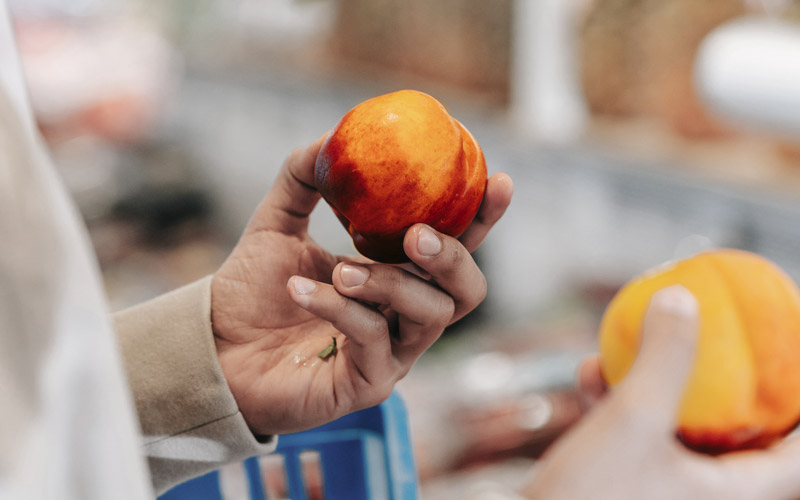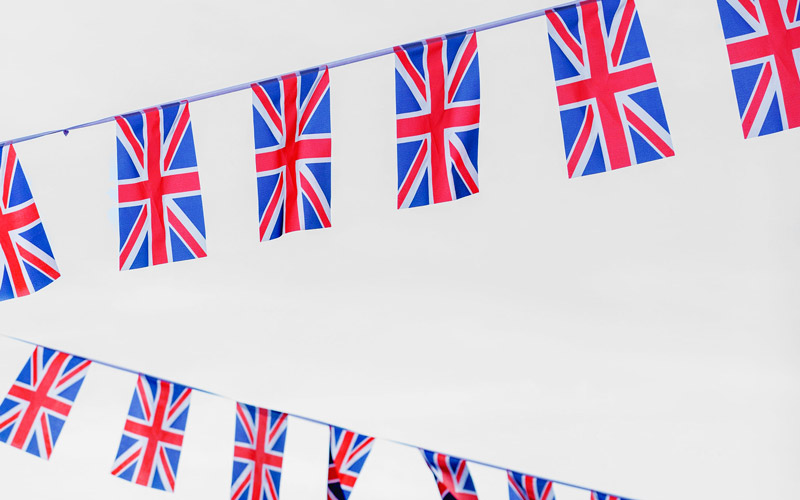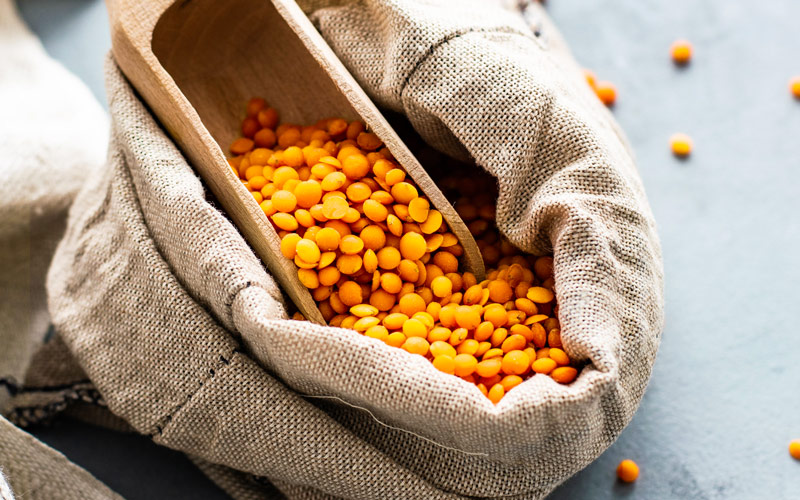Food & Beverage faces an uncertain future.

The global food system has been subject to an enormous external shock through a broad based closure as a result of the Coronavirus crisis. Whilst the institutional component of the industry remains active – hospitals, military establishments and prisons – the vast bulk of the commercial Food & Beverage (F&B) sector has been closed down. With unlocking starting to come through, how might the commercial environment change?
Lockdown boost Retail
Well, the knee-jerk reaction to this question is quite a lot, with numerous moving parts likely to conditions the prospects for a channel that until the Coronavirus crisis emerged accounted for approaching 35-40% of all the calories consumed in the UK. We estimated that ratio fell to about 10-15% upon full lockdown, maybe presenting sitting at 15-20% presently as elements of the channel unlocks, for example, motorway service stations and drive-thru Quick Service Restaurants (QSRs),
Whilst the re-emergence of the take-away sub-channel is welcome, there remain major problems for the sit down F&B segment to cope with in respect of both prevailing social distancing guidance and the greater caution that we feel the vulnerable and a sizeable risk averse population may wish to expose their lungs to in the future. That risk averse community could be very considerable, noting the number of folks wearing face masks and eschewing close contact.
Trading in a socially distanced world?
The problem of social distancing means that many establishments – cafes, public houses and restaurants – are likely to remain closed for some weeks yet, so continuing to pressurise the finances, particularly of the sole proprietor and small family business. What is more, once permitted to re-open, then the sales densities that will ensue are likely to be notably lower; the experience of JD Witherspoon, in particular, could be particularly noteworthy in this respect, where one wonders if drinking whilst standing will be permitted as opposed to sit down and table service only?
In addition to lower sales densities, the sector must also face into higher operating costs from more frequent cleaning regimes to the provision of hand santiser, not a low cost commodity it should be said, through to face masks, gloves and protective screens. Lower sales densities and higher costs are rarely a plus for the economic characteristics of an industry.
A sector to be rationalised…
One also has to wonder just what size the F&B channel will be in a year or two; it is hard not to believe that it will be significantly rationalised from the quiet disappearance of individual outlets to over-sized and over-leveraged chains coming to terms with new realities. I have noted that both the Carluccios and the Casual Dining Group will emerge smaller than when they went into administration; more is set to follow.
If the sector has to wait until an effective vaccine for COVID-19 is available before it can realistically expect to return to anything like pre-Coronavirus crisis trading intensities, then the nature and extent of the industry is likely to be all the more challenged. In the meantime, a channel that is highly effective and exceptionally efficient will need to explore new ways of doing things and different organisational compositions to survive and thrive in the evolving but smaller market.
“One also has to wonder just what size the F&B channel will be in a year or two; it is hard not to believe that it will be significantly rationalised from the quiet disappearance of individual outlets to over-sized and over-leveraged chains coming to terms with new realities.”
Big brands will be fine
Big names in the channel, from Greggs on the high street through to Costa (Coca-Cola) and Burger King, can be expected to survive and be effective in the restricted markets and the ensuing economic downturn, so gaining market share; big brands have emerged through this crisis more relevant in most consumer markets. What may be lost, however, is a myriad of arguably more distinctive, authentic, individual and ultimately entrepreneurial entities, where through no fault of their own, their commercial legs have been taken away.
Can price rises accommodate?
In a rationalised market, with higher costs and lower sales densities, it is not unreasonable to anticipate scope for higher prices in F&B. Whilst so, whilst necessary in many cases, Retail is expected to remain competitive, as the superstores learn the lessons of the past when it comes to competing with the German discounters, whilst post-furlough one has to worry about the levels of employment, consumer confidence and so the capability and appetite for many households to engage in discretionary consumer expenditure.
The move to the suburbs
More broadly, lockdown is transforming Britain’s labour process, with millions of folks now working from home. Whilst many will, hundreds of thousands, maybe a million or more, folks will not be commuting to town and city centres again, so leading to a shift in calories not only form F&B to Retail but from urban centres to the suburbs. Doing so, will benefit some F&B chains, but the district supermarket is more likely to gain, as to online retailing.
Conclusions
Coronavirus is a very unfair virus for the British F&B industry, one that is going to be an undoubted threshold in the channel’s history. It looks new and more challenging times are ahead, times when the right culture, an attention to detail and the capability to effectively execute change are vital. These are the traits that Coriolis focuses upon, day in, day out.
Dr Clive Black
Senior Advisor
Corilois Consulting
June 2020.








